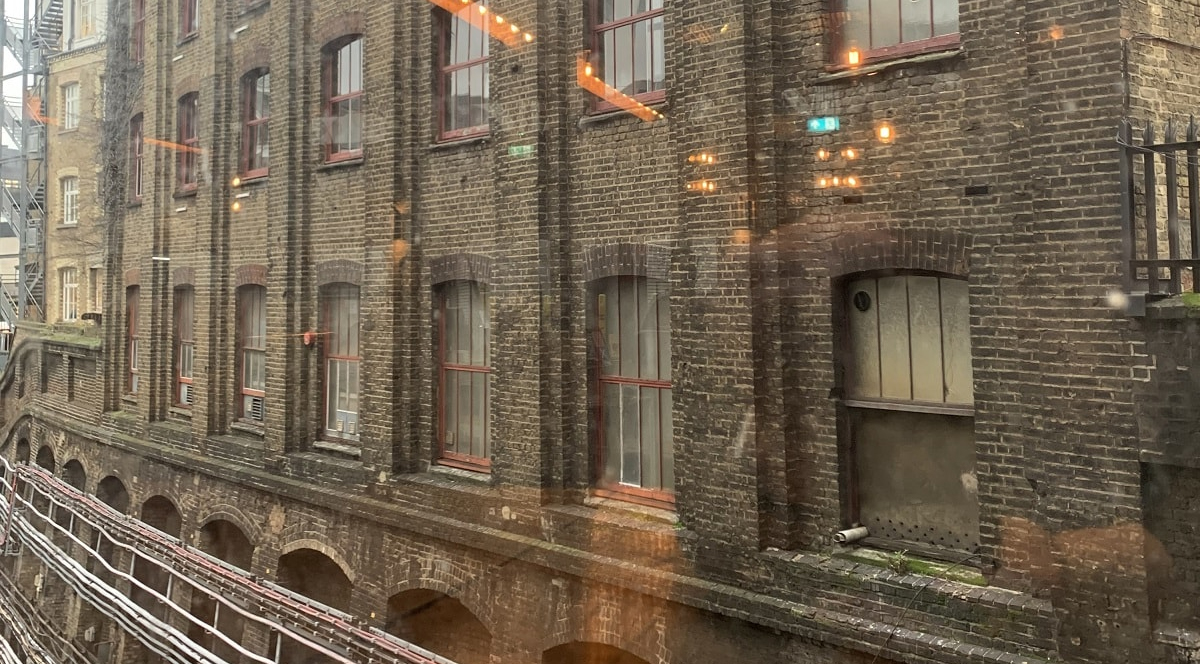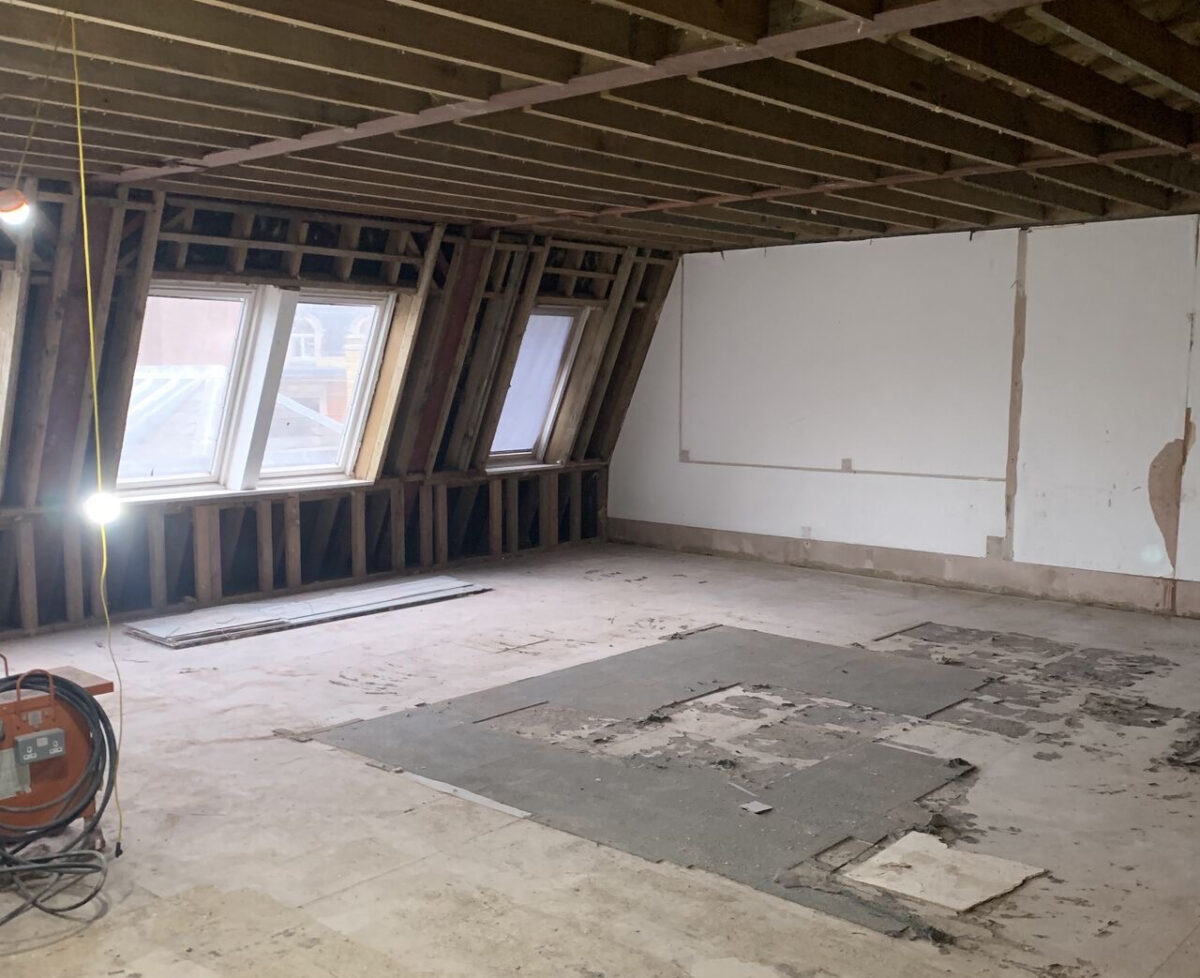Dilapidations in London: Protecting a Landlord’s Investment Throughout the Lease
Property in London is rarely a passive investment. Whether it’s a commercial unit in a mixed-use building or an office space let on a long-term lease, keeping that asset in good condition takes planning. One of the most important tools a landlord has is the proper use of dilapidations.
Dilapidations cover a tenant’s responsibility to repair and maintain a property throughout the lease and to return it in the agreed condition when they leave. But this is not something you want to deal with at the last minute. It’s a process that starts early and runs throughout the life of the lease.
What Counts as Dilapidations?
The term refers to breaches of lease covenants related to repair, redecoration or reinstatement. It might include cracked plaster, damaged ceilings, poorly maintained services or unauthorised alterations that were never reversed.
It typically falls into three main categories:
Repairs that have not been carried out
Internal or external decorations that were due under the lease
Reinstatement of alterations made by the tenant

Each lease is different, but most commercial leases in London will contain standard clauses relating to these obligations.
Timing Matters for Landlords
A common mistake is leaving everything until lease expiry. At that point, the property may be in poor condition, there may be disputes over what’s required, and there may be very little time to act.
Landlords who stay on top of lease obligations from the start are in a much stronger position. Regular inspections, photographic records, and open communication with tenants can make enforcement smoother when the time comes.
Surveyors can provide interim schedules of condition or repairs, which help flag issues before they get worse. This can also support negotiations if a lease is being renewed or extended.

The Importance of a Terminal Schedule
Towards the end of the lease, a terminal schedule of dilapidations is usually prepared. This is a formal document that sets out all of the alleged breaches and the remedial works required.
A strong schedule includes
- A detailed list of disrepair or unauthorised changes
- Clear reference to the relevant lease clauses
- Cost estimates for each item
- Supporting photographs and notes
This document forms the basis for any financial settlement or work carried out before re-letting the property. If it’s rushed or poorly structured, it can lead to disputes, delays or unrecovered costs.
Strategic Use of Section 18(1) and 18(2)
Section 18 of the Landlord and Tenant Act 1927 often comes up in dilapidations cases. It limits the amount a landlord can claim by capping it at the actual loss in value caused by the disrepair. It also allows for leases to include clauses requiring reinstatement of alterations, regardless of value impact.
Understanding how and when to apply this legislation is essential. Not every defect is worth chasing. Some may be cosmetic. Others could delay re-letting. Knowing the difference helps landlords make informed, strategic decisions.
Supporting Landlords Across the Full Lease Term
At Fresson and Tee, we support landlords from pre-lease to lease end. That means reviewing lease terms, preparing condition reports, carrying out inspections during the term, and managing the dilapidations process at the end.
By staying involved throughout, we help landlords avoid nasty surprises, reduce disputes, and recover more of the costs they’re entitled to.
If you would like to discuss more about architectural design in London, please call our office on 020 7391 7100 or email us at surveyor@fandt.com.
